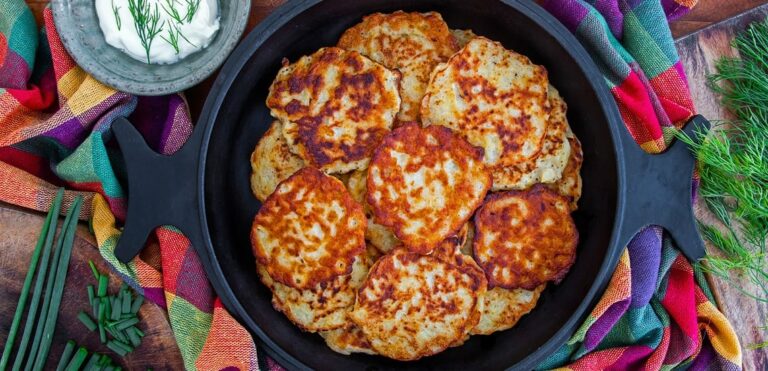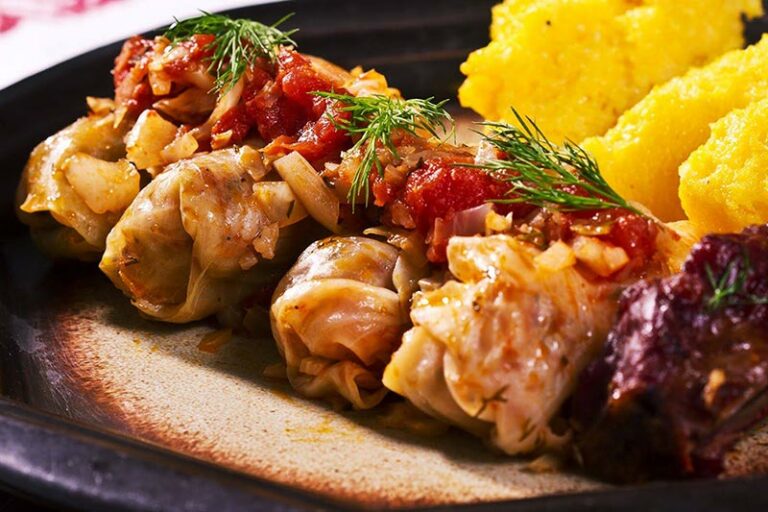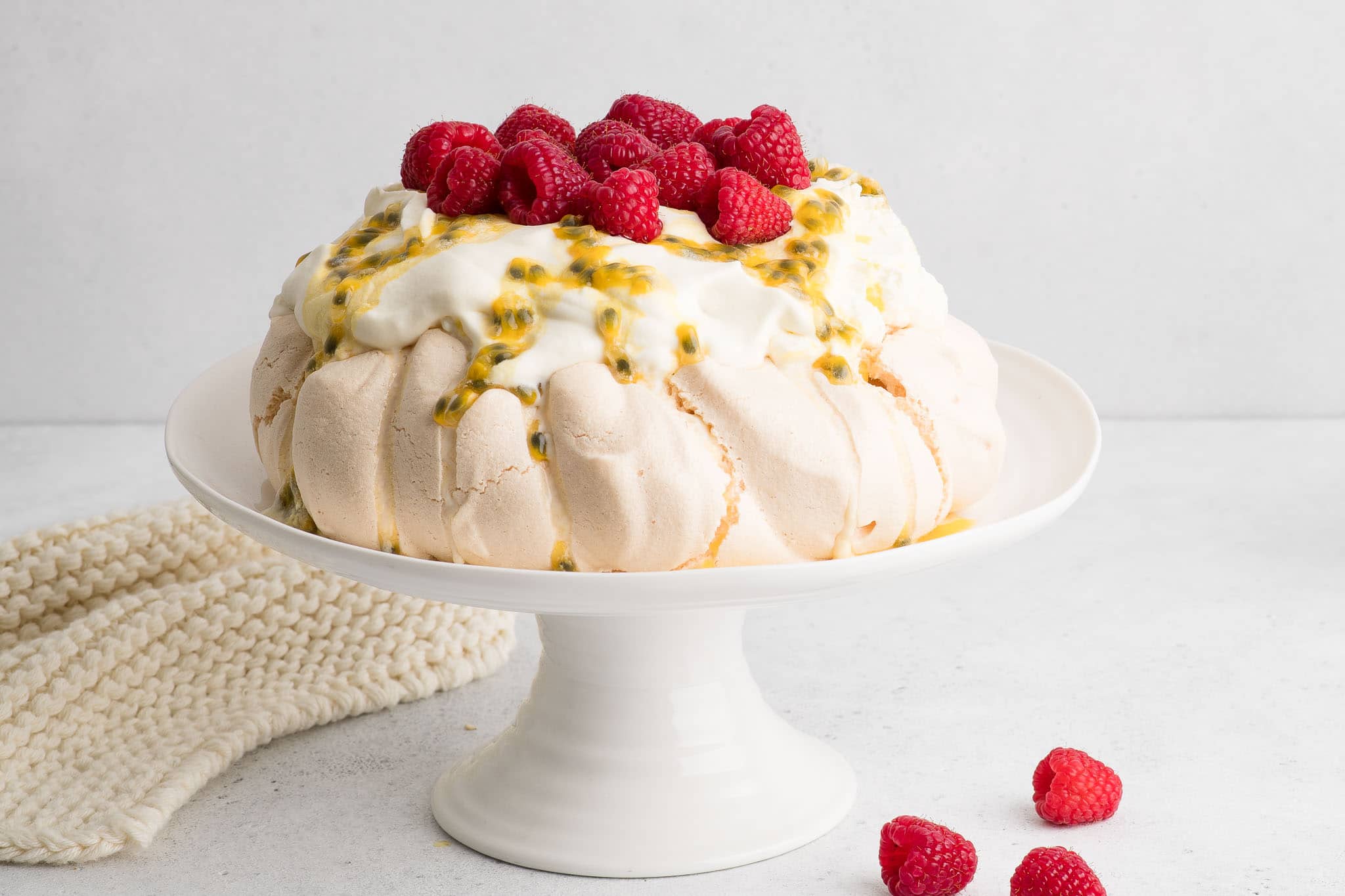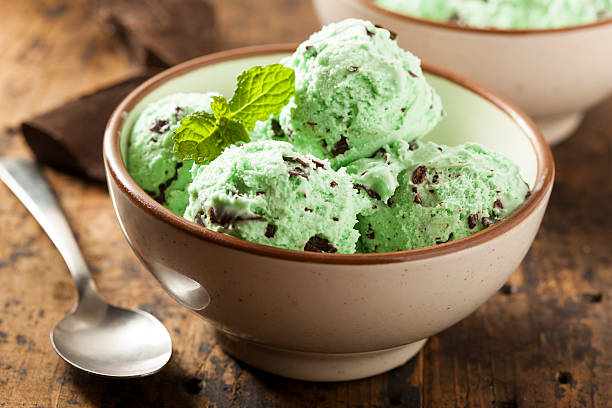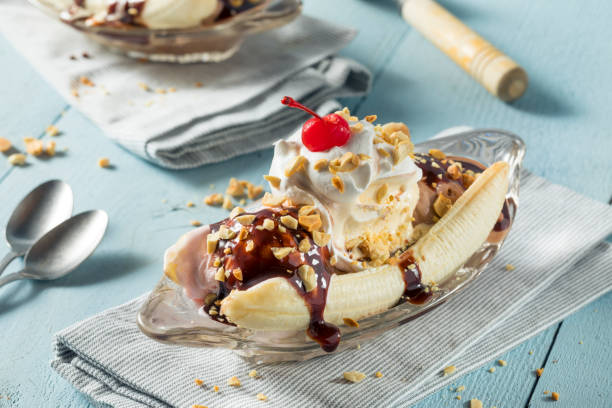Introduction: Russian cuisine and its ingredients
Russian cuisine is known for its hearty and filling dishes, often featuring ingredients such as potatoes, cabbage, and sour cream. These ingredients have been staples in Russian cooking for centuries and are used in a variety of dishes, from soups and stews to side dishes and desserts. The use of these ingredients has been influenced by the country’s harsh and cold climate, which has made it necessary to rely on hardy vegetables and dairy products that can be stored for long periods of time.
Potatoes: A staple in Russian cuisine
Potatoes are a staple in Russian cuisine and are used in a variety of dishes. They are often boiled or mashed and served as a side dish with meat or fish. Potatoes are also a key ingredient in many soups and stews, such as borscht, a beet-based soup that often includes potatoes, cabbage, and sour cream. Another popular potato dish in Russia is draniki, which are potato pancakes that are fried until crispy on the outside and soft on the inside.
Cabbage: A versatile ingredient in Russian cooking
Cabbage is another versatile ingredient in Russian cooking. It is often used in soups and stews, such as shchi, a traditional cabbage soup that is usually served with sour cream. Cabbage is also used raw in salads, such as the popular Russian dish called vinaigrette, which includes beets, potatoes, carrots, onions, and pickles. In addition, cabbage can be fermented and turned into sauerkraut, which is a popular condiment in Russian cuisine.
Sour cream: A beloved condiment in Russian cuisine
Sour cream is a beloved condiment in Russian cuisine and is often served with soups, stews, and potato dishes. It is also used as a topping for blini, which are thin pancakes that are often served with caviar or smoked salmon. Sour cream is also used as a key ingredient in desserts, such as syrniki, which are like small cheesecakes that are often served with fruit or jam.
Popular Russian dishes featuring these ingredients
Some of the most popular Russian dishes that feature potatoes, cabbage, and sour cream include borscht, shchi, draniki, vinaigrette, and syrniki. These dishes are often hearty and filling, making them perfect for the cold Russian climate. They are also relatively simple to prepare, making them popular with home cooks.
Conclusion: The significance of these ingredients in Russian cooking
Potatoes, cabbage, and sour cream are key ingredients in Russian cuisine and have been used in a variety of dishes for centuries. These ingredients have been influenced by the country’s harsh climate and the need for hardy vegetables and dairy products that can be stored for long periods of time. They are an important part of Russian culture and are beloved by people of all ages.

